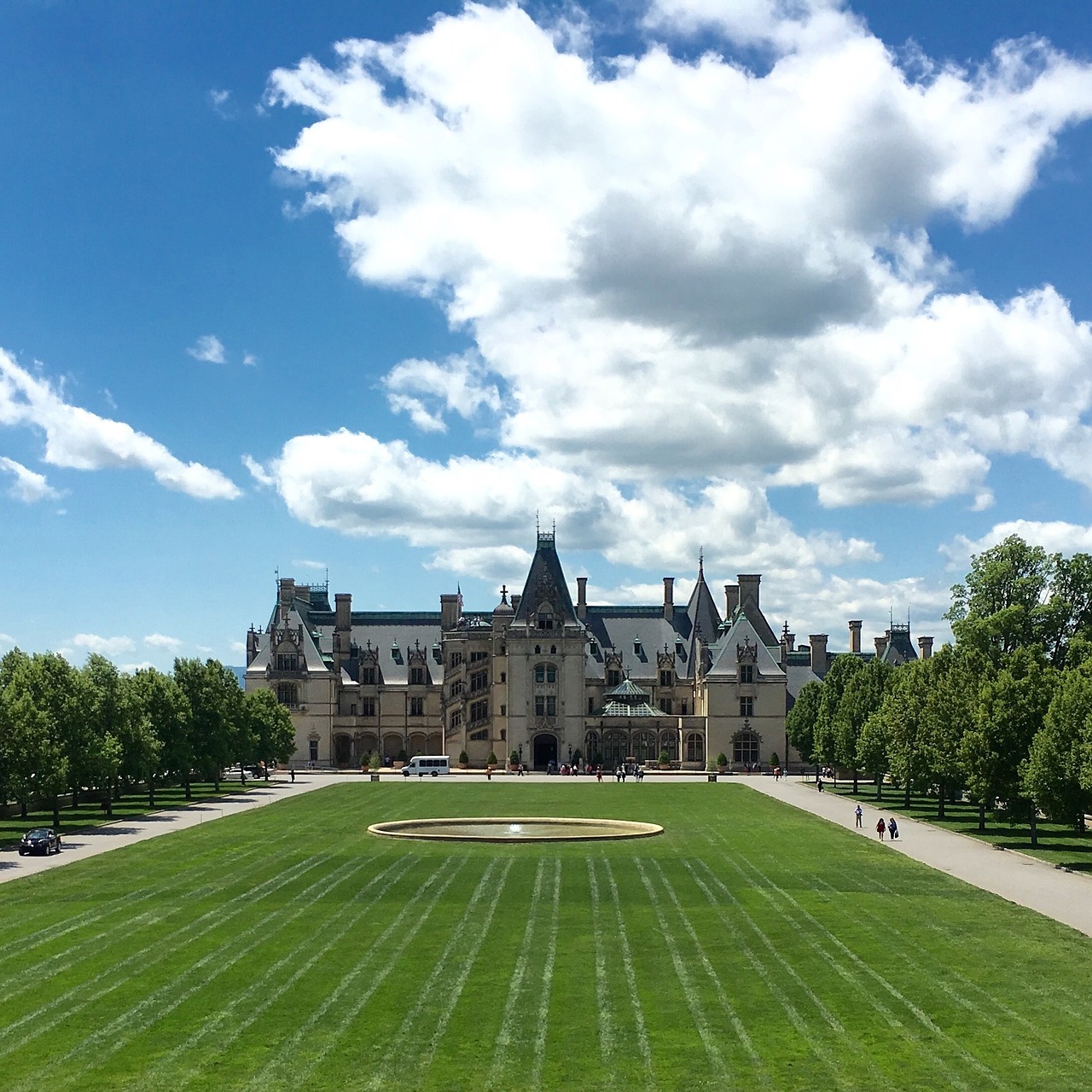The Role of Color in Home Design
When it comes to understanding color theory basics, it is important to grasp the fundamental principles that guide how colors interact and affect each other. The color wheel, which is typically split into primary, secondary, and tertiary colors, serves as the foundation for exploring color combinations and relationships. Primary colors—red, blue, and yellow—are pure hues that cannot be created by mixing other colors, while secondary and tertiary colors are produced by mixing primary and secondary hues together.
Furthermore, the concept of color harmony plays a crucial role in creating visually appealing designs. Complementary colors, situated opposite each other on the color wheel, create a striking contrast when paired together. Analogous colors, on the other hand, lie adjacent to each other on the color wheel and blend harmoniously to evoke a sense of unity and coherence in design schemes. By understanding these basic principles of color theory, designers and homeowners alike can effectively utilize color to convey specific moods, emotions, and aesthetics in their spaces.
Psychological Impact of Colors in Home Design
When it comes to home design, the colors you choose can have a profound impact on the overall mood and atmosphere of a space. Different colors can evoke various emotions and feelings in individuals, influencing their perceptions and behaviors within that environment. For example, warm tones like red, orange, and yellow are often associated with energy, passion, and creativity, making them ideal for spaces where you want to promote activity and lively interactions.
On the other hand, cool colors such as blue, green, and purple are known for their calming and soothing effects. These colors can create a sense of tranquility and relaxation in a room, making them perfect for areas where you want to encourage peacefulness and concentration. Understanding the psychological impact of colors can help you make informed decisions when designing your home, ensuring that each room serves its intended purpose and promotes the desired emotions for those who inhabit the space.
How can color theory basics affect home design?
Understanding color theory basics can help homeowners create a cohesive and visually appealing color scheme in their home design.
What is the psychological impact of different colors in home design?
Different colors can evoke different emotions and moods in a space. For example, blue is often associated with calmness and tranquility, while red can create a sense of energy and excitement.
How can I use colors to create a specific ambiance in my home?
By selecting the right colors for different rooms in your home, you can create specific atmospheres. For example, using warm tones like yellow or orange in a living room can create a cozy and inviting space.
Are there any colors that are universally appealing in home design?
While personal preferences play a large role in color choices, certain colors like neutrals (such as white, beige, and gray) are often considered timeless and versatile options for home design.





